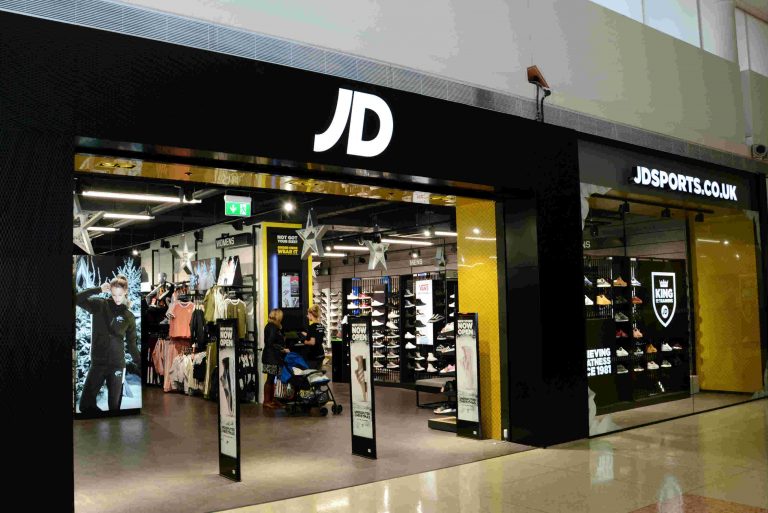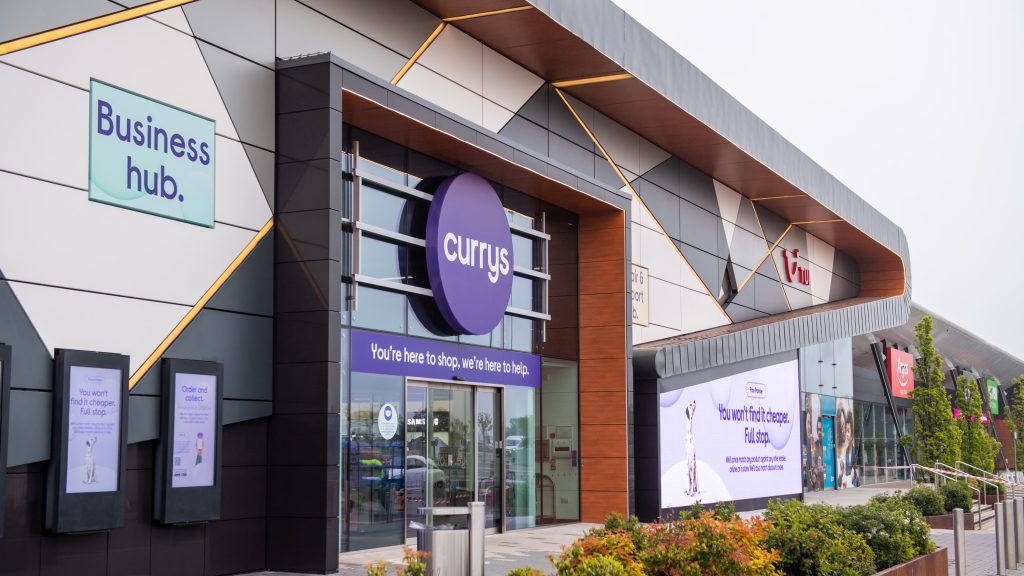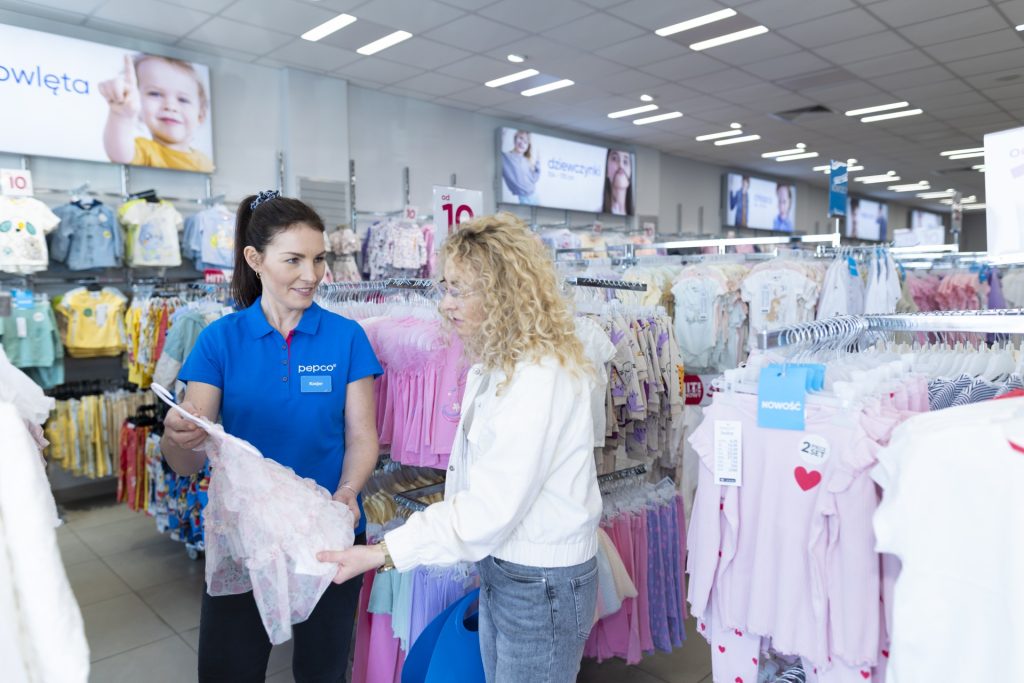It‘s no real revelation that sometimes, just sometimes, internal business divisions within retail brands don‘t always get on.
The retail divisions operate the stores and the digital divisions operate the eCommerce site, and never the twain shall meet. Each has their own targets to meet and, as a result, each jealously guards their own domain.
At an operational level this may work perfectly, but in areas like marketing and business data management, it increasingly makes less sense to have the two so separate . Customers are not just a store or online visitor, they are both.
As such, ‘omni-channel‘ has rightly been the focus of the past few years but, going forward, proximity will increasingly be front-of-mind for CMO‘s, CTO‘s, CIO‘s and the even the CEO.
Proximity engagement – and the insights it can deliver on consumer behaviour in store – will act as a binding agent between the bricks and mortar and a retailer‘s digital operation. It doesn‘t just lead to increased sales or brand loyalty, it can actively make a business more efficient.
Proximity engagement allows retailers to understand consumer behaviour not just by what is bought or not bought, but how factors such as position-in-store or relational products can affect sales. In store, proximity engagement can up-sell, cross-promote, incentivise, educate, entertain and, increasingly, handle the sale itself.
By bridging the online-offline divide, retailers can now marry the online browsing history to a physical visit in store. Customers who have spent time researching their purchase at home can now be identified on the shop floor, passing right next to the product. They can be targeted via their smartphone with an engagement that could tip them into a sale.
Conversely, a customer who has spent time next to a product in-store but who fails to purchase can be retargeted with a prominent placement when they next visit the website – all thanks to store analytics that can deliver movement patterns, dwell times, hot spots, cold spots and more.
As the engagement is predominantly a digital experience, it could be argued that it should be the digital division who owns the relationship. But more fool the eCommerce team who uses the opportunity to simply ‘steal‘ a sale from the shop floor. And pity the retail team that dismisses technology in favour of ‘real‘ relationships with consumers, when the technology can tell them so much about that customer. This should not be a battle between business units but an opportunity to put the customer experience first and watch the business benefit as a result.
Research shows that 80% of in-store customers actually prefer to consult their smartphone than talk to an assistant. Unfortunately, for 53% of men and 38% of women, it‘s simply to check if they are getting the best price. But the point remains that they are using their digital device in-store and thanks to super-accurate positioning technology, like beacons, retailers know exactly where they are in store down to the exact product that are looking at.
Using this data and associated contextual data (time of day, time in the calendar month, temperature outside, previous purchase history) the visitor can be targeted with a highly relevant message. Relevancy is the secret sauce of proximity engagement and results show engagement rates as high as 80%+ to open a message and conversion rates of between 30-35% according to the current doyen of proximity marketing in the US, ShopKick .
Retailers can also choose not to directly engage with the customer at all but simply benefit from understanding how they move around the store, as Walmart are doing. Ultimately this will improve the customer experience as, by tracking smartphone movements, we discover which are the hot and cold areas, the reasons why, and what we can do to turn the whole store ‘warm‘.
Everything points towards smartph



























